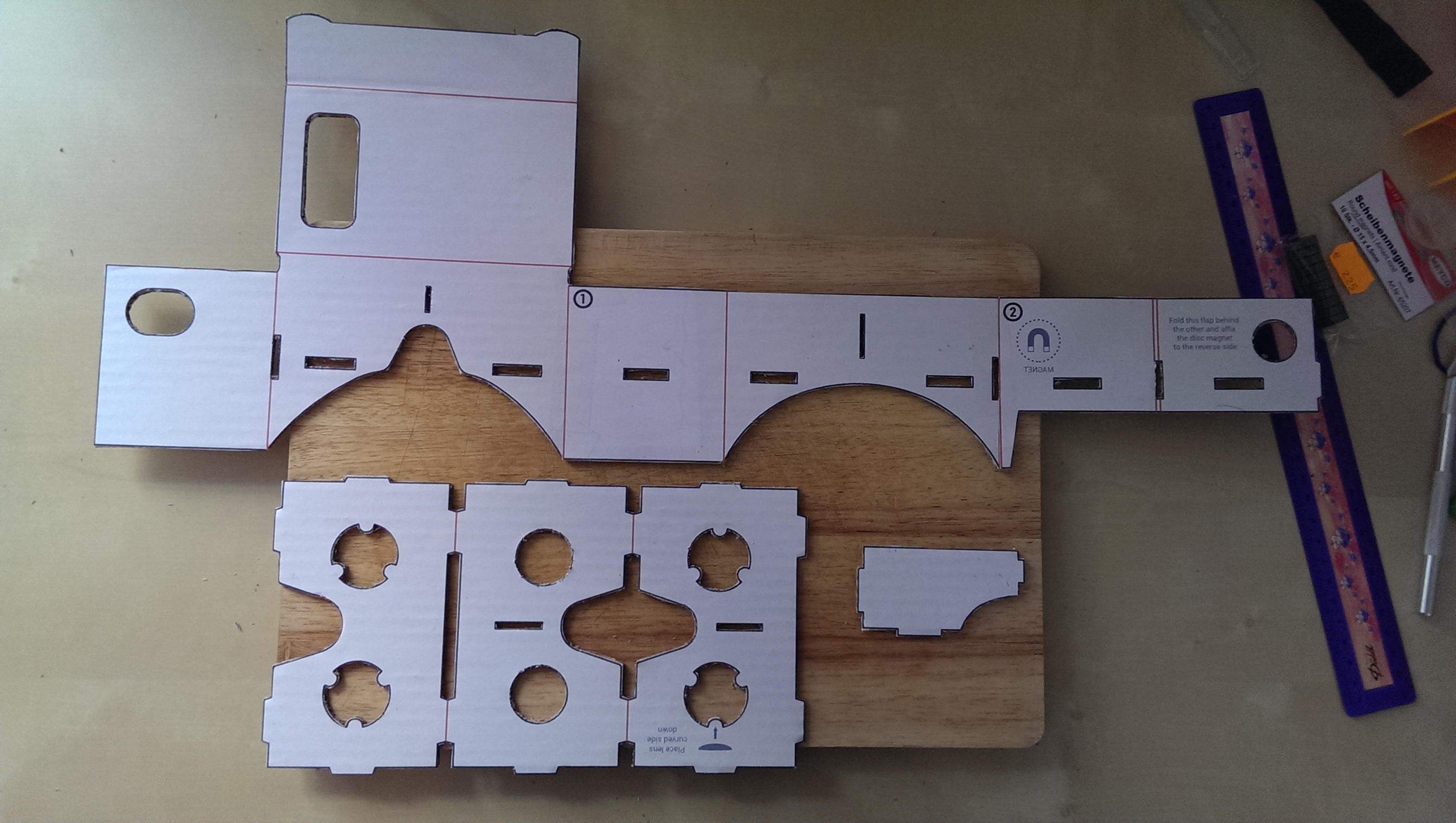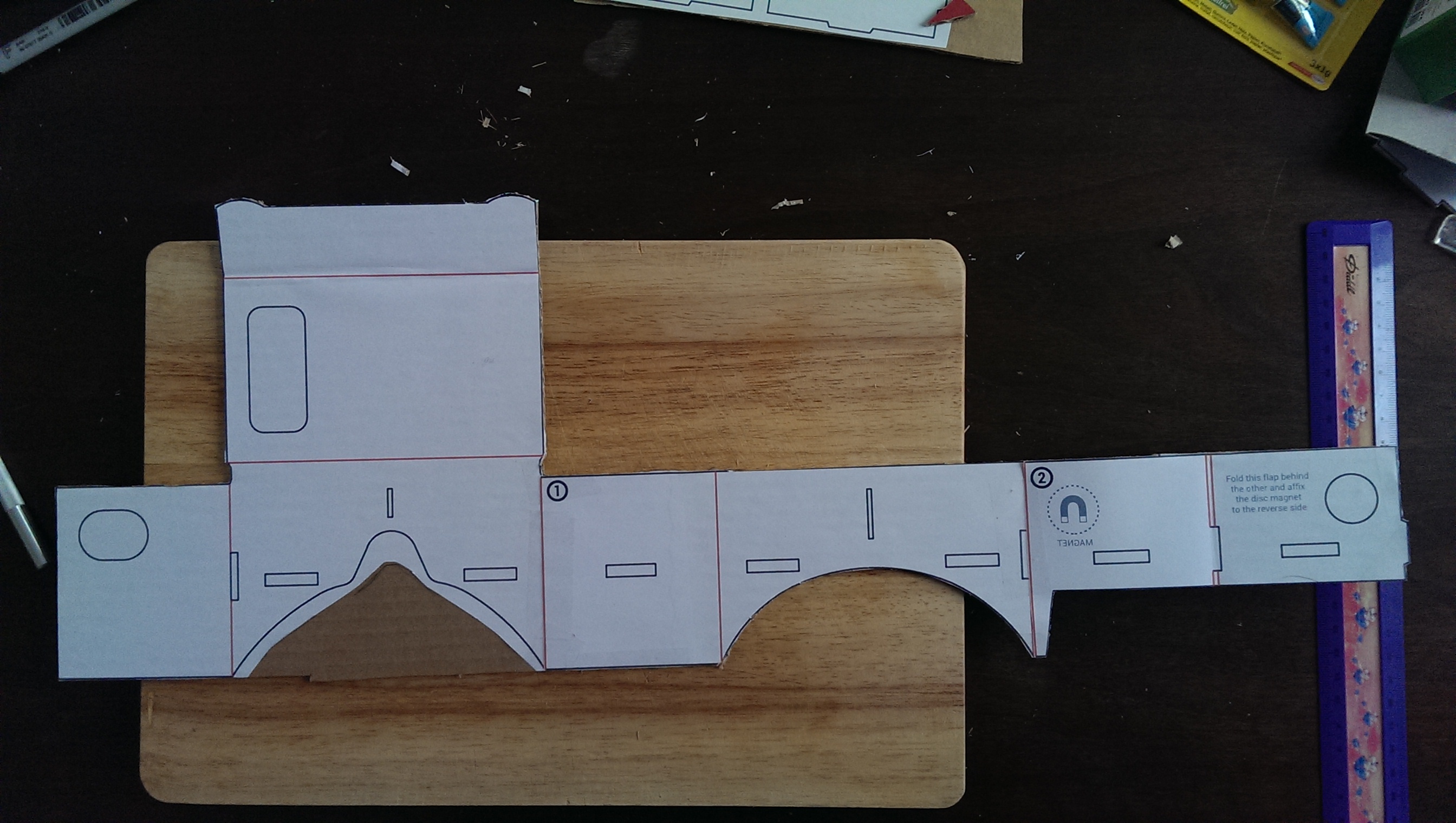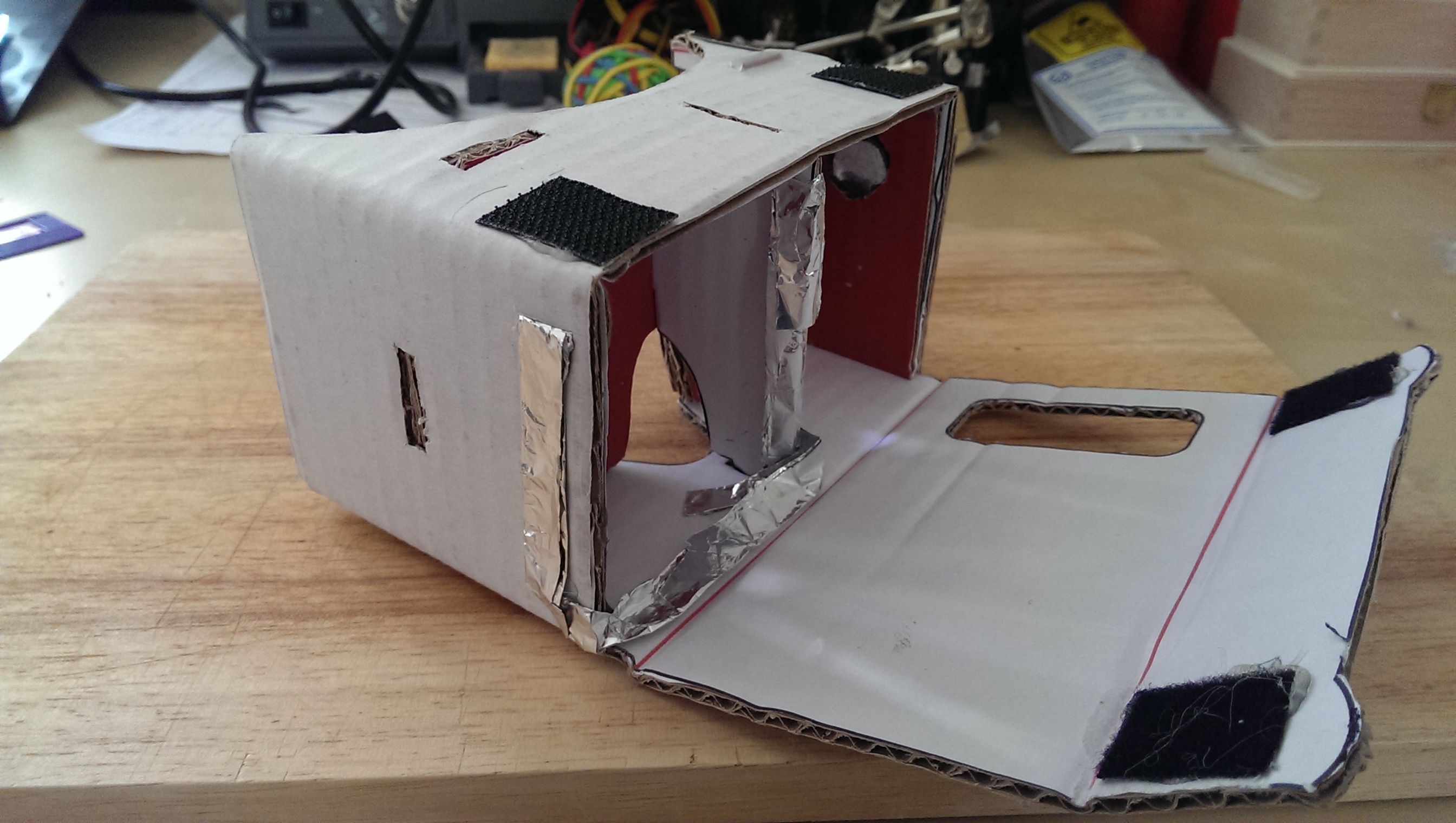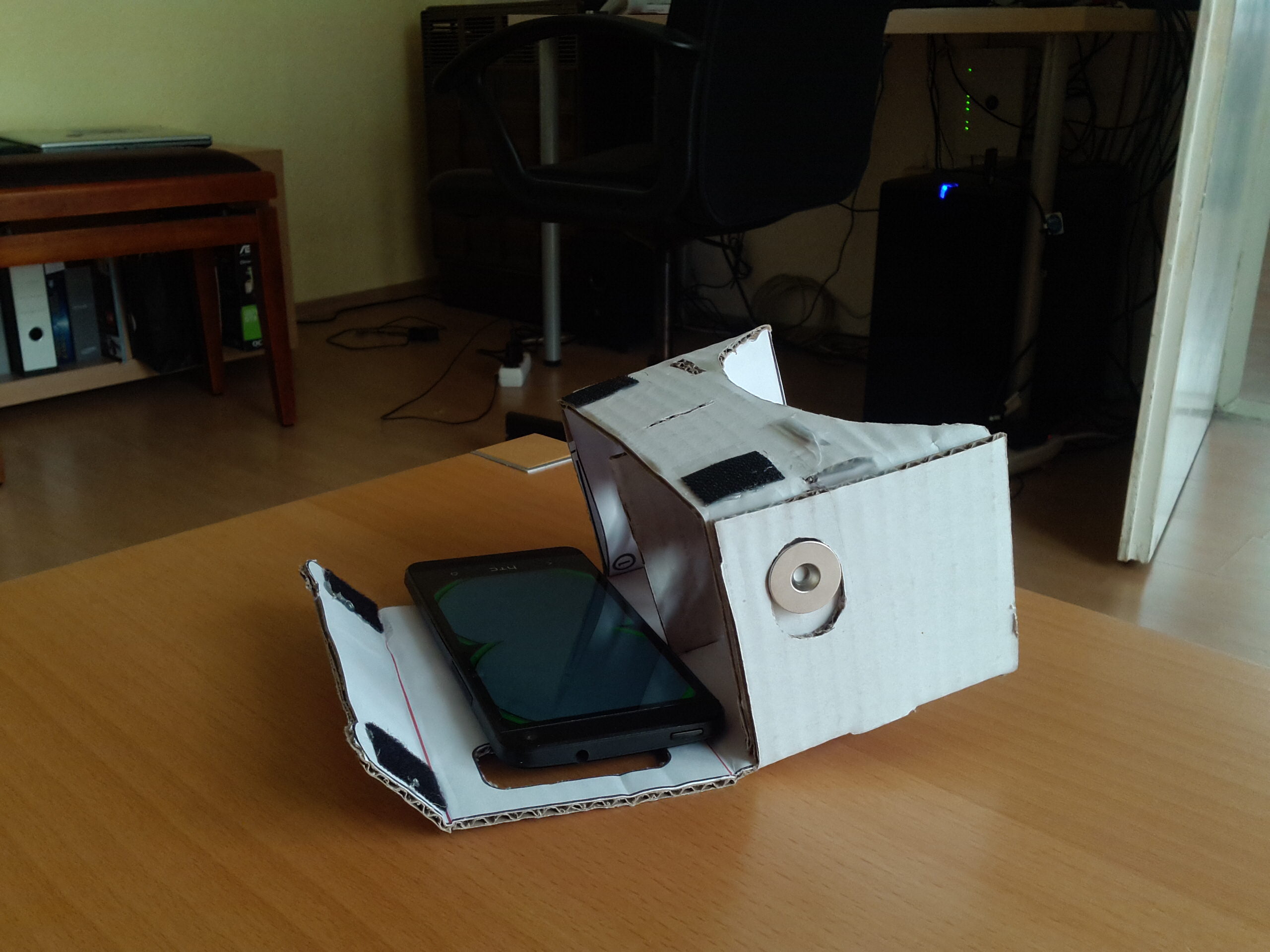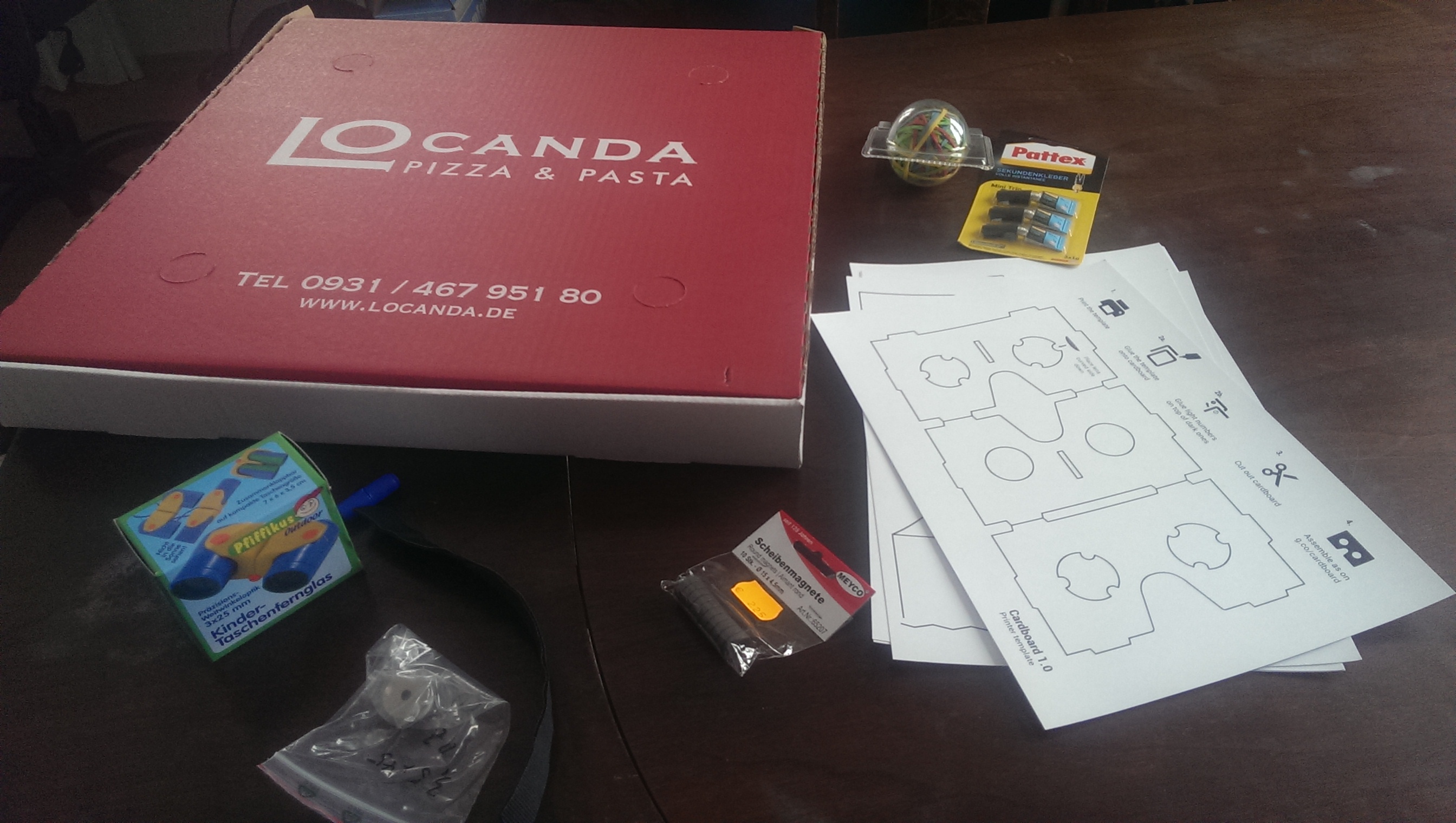Most startup companies have interesting origin stories. The classic example is scribbling down notes and ideas on a bar napkin with your co-founders before a company ever exists, or chatting away via instant messaging programs in free time, theorizing what a future company could look like. Creating something special, from scratch, and only answering to yourself, is an awfully enticing prospect, especially for budding game developers.
In the case of Justin and Lee Wasilenko, the two brothers behind small development outfit, Orange Bridge Studios, the origin story is all about pizza boxes, not cocktail napkins.
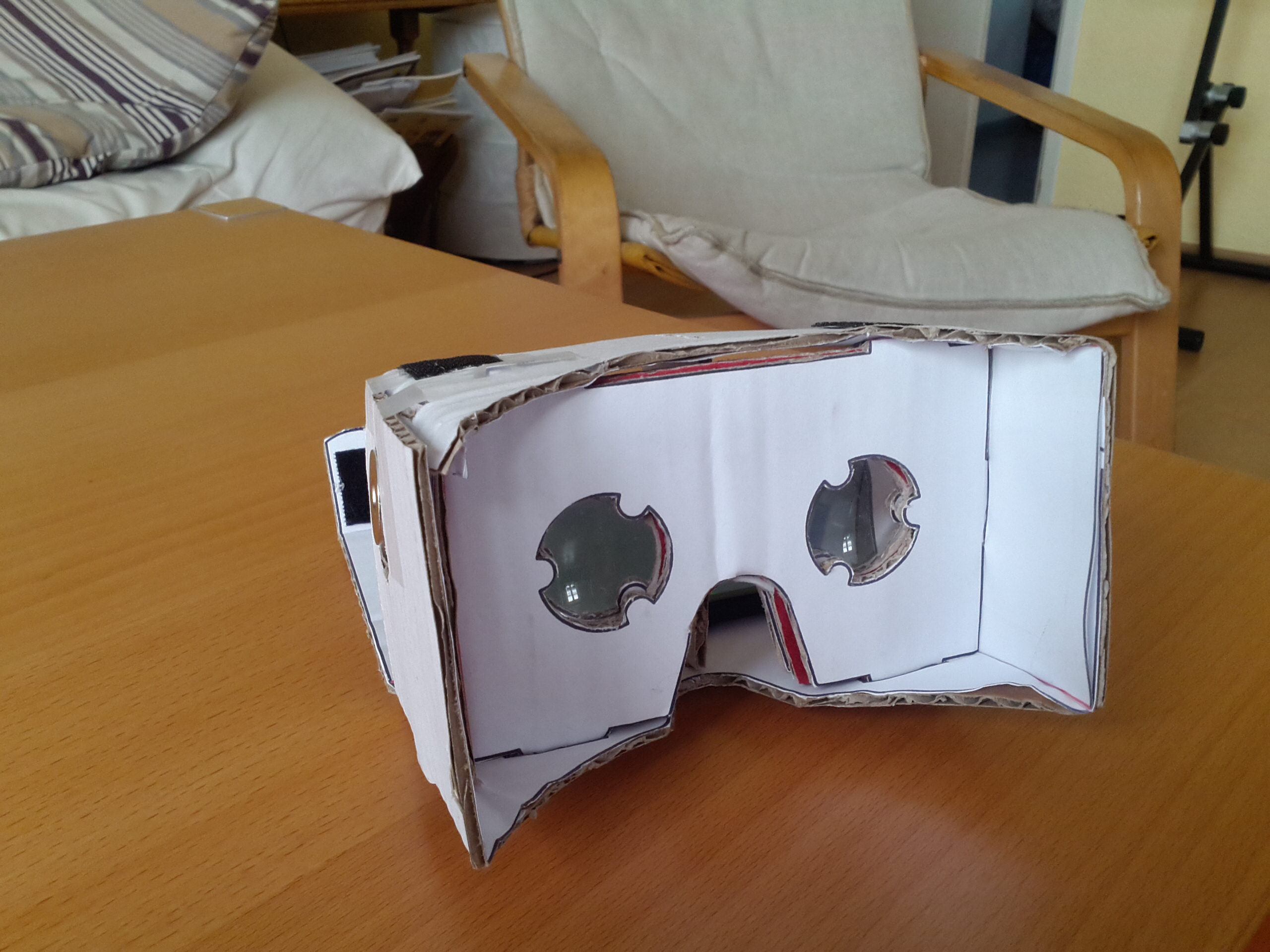
“Lee started working in VR in 2014 when he made a Cardboard [HMD] out of a pizza box and some lenses from a telescope,” the brothers tell me over email. “He was instantly convinced of the bright future of VR. He then got a DK2 and began making plans to make VR his full time job. Lee got Justin involved in VR when Justin came to visit during Christmas 2014. Justin left with another pizza-box Cardboard and the idea for End Space started brewing.”
Both brothers have a background in media and technology, but until very recently, Justin was actually a Forest Fire Fighter with the British Columbia Ministry of Forests. Lee on the other hand had studied Engineering Physics at UBC and co-founded several tech companies as CTO/Software Engineer since graduating.
Since the idea for End Space had been brewing for so long, it’s actually not primarily influenced by other VR space shooters like Anshar Wars 2, EVE: Valkyrie or Gunjack. Instead, they pull most of their inspiration from a very particular 90s PC game.
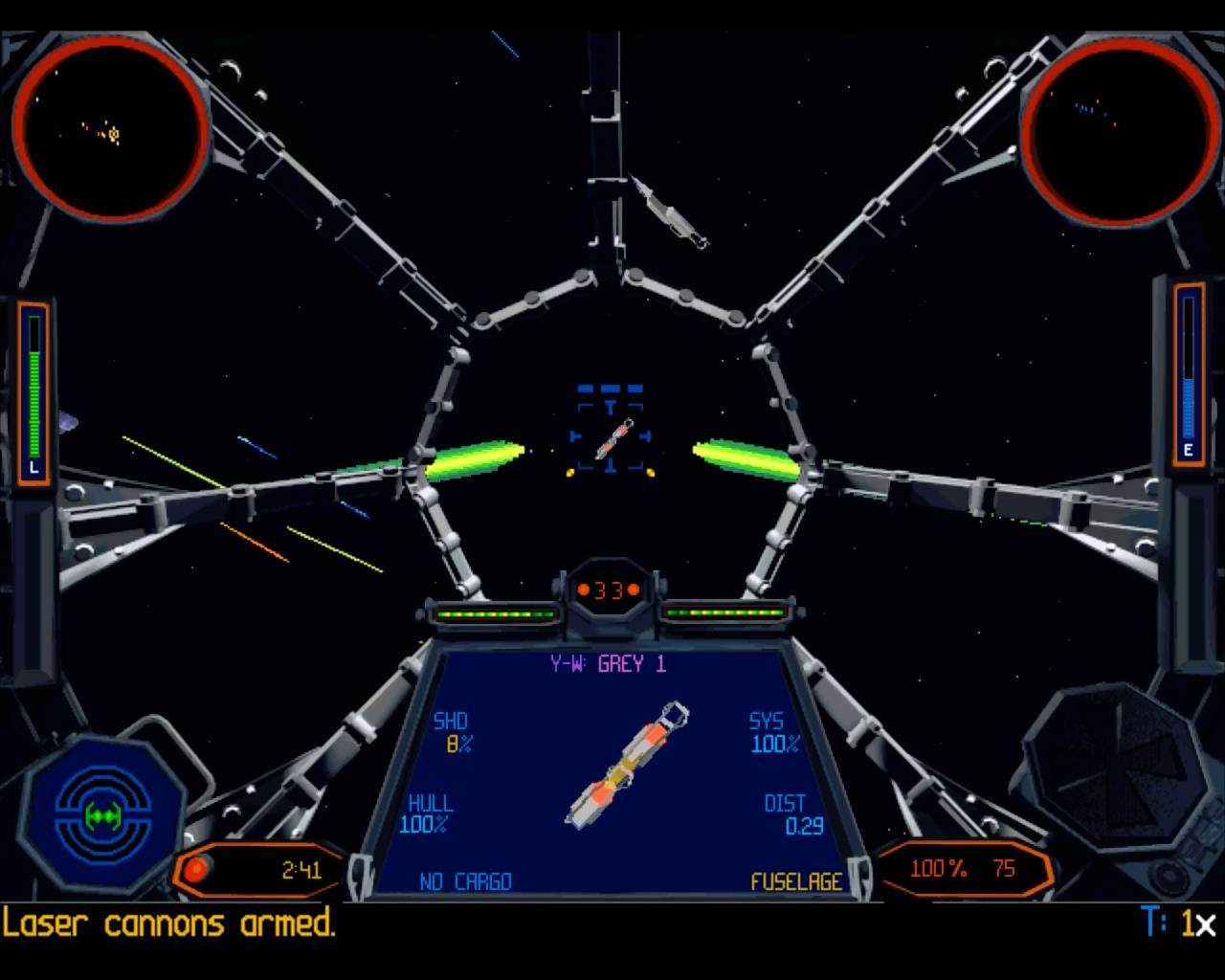
“The game is heavily influenced by Star Wars: TIE Fighter, a 1990’s Star Wars space shooter from Lucasarts,” said Lee. “When we got involved in VR that was the game we desperately wanted to play more than any other. As a result, Justin decided to start working on a VR space sim and End Space is the result. In addition, in 2014 most of the VR games out there were little more than tech demos (since it was only devs with the hardware and everyone was just sharing what they had starting throwing together) and we desperately wanted to see a full fledged VR space sim.”
Cardboard as an early VR platform was fantastic because of how easy it was to get started, but it wasn’t sustainable as a primary development platform. Once they got a version up and playable for Cardboard and started getting feedback from players, they knew they’d need to expand on the game to really make it special. That’s where the Gear VR version comes in, which continues to sell well almost a half-year removed from the game’s launch on the headset, dominating sales charts as recently as earlier this month.
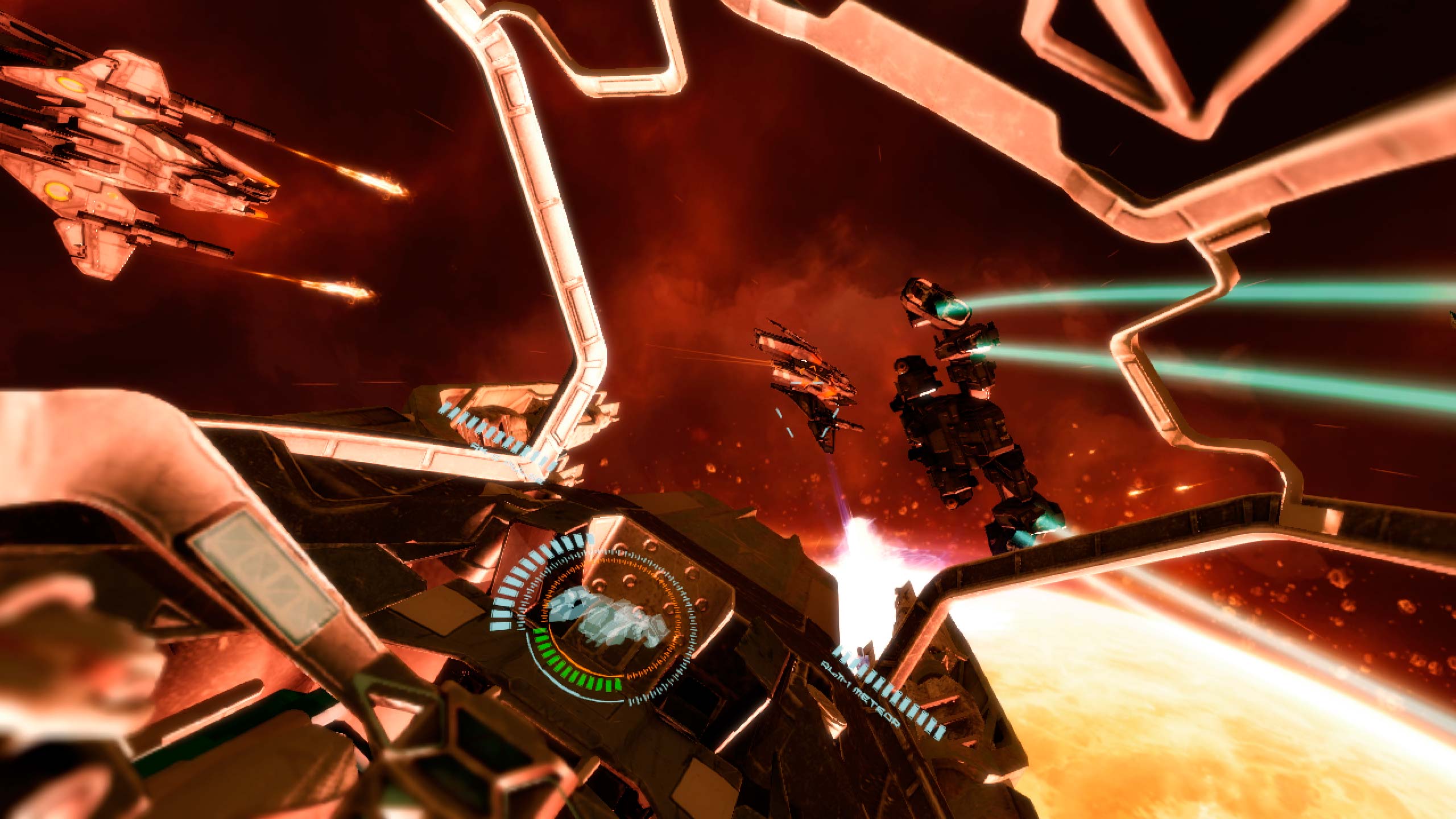
“The Gear VR codebase was started entirely from scratch using lessons Justin had learned from the Cardboard version and with the specific requirements of Gear VR performance in mind,” said Lee. “We found that the limitations of Cardboard as a platform made it impossible to make the kind of game we had in mind. While Gear VR definitely also has its own limitations, it is a well defined target to hit and for a game like ours, a spaceship cockpit shooter, it is a good starting point to expand to the other more powerful VR platforms.”
For some context, End Space is actually quite a bit more ambitious than many of its contemporaries. A common reference point is EVE: Gunjack, but other than taking place in space, the games couldn’t be more different. Whereas Gunjack tasks you with sitting in a single, stationary spot as you look around and shoot down bad guys, End Space has you actively flying and exploring your ship, from the cockpit.
While games like Anshar Wars 2 allow you to fly around, it’s from a third-person perspective, and feels like a more arcade-esque experience, rather than an immersive simulation-esque experience, such as End Space. It doesn’t offer the feature set of a large-scale game like Elite: Dangerous, but it’s just about as close as you can get on Samsung’s portable Gear VR HMD. For the money, End Space is just about the best space-based cockpit shooter available on the Gear VR.
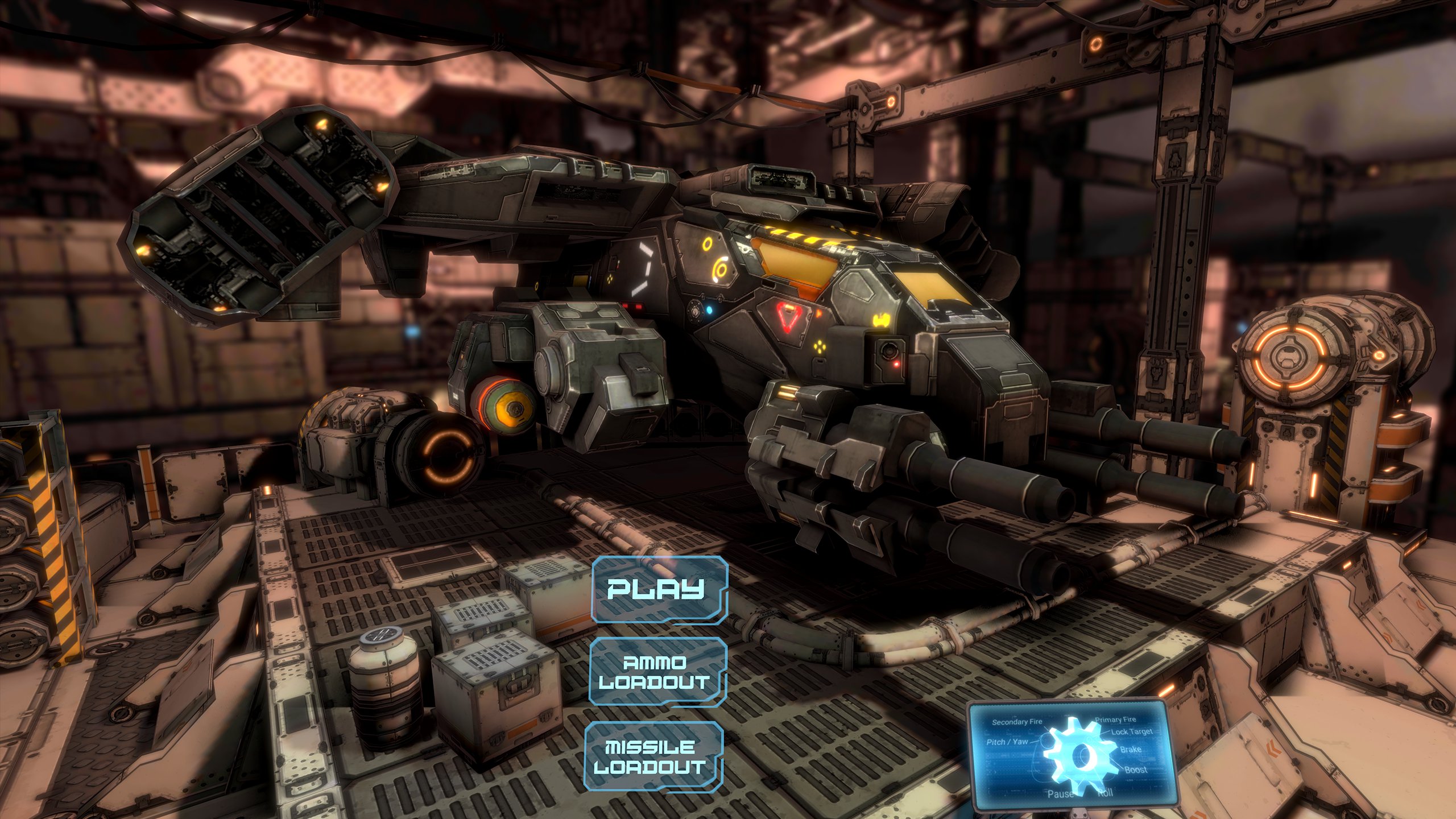
“The most surprising aspect of the game’s success is how much we’ve been able to accomplish as a small, bootstrapped, indie dev team,” said Lee. “V1.0 was almost entirely the creation of a single person, Justin, and the new v1.1 including the new Touchpad Flight mode was done by Justin and I together, along with the very talented 3D artist Lee Souder providing the new cockpit model. Another surprising aspect of the game’s success is how often we hear about people playing the game many times through and how much they enjoy returning to the game to see what’s new. We have a very high average play session time and feel really encouraged to keep working on the game when we see people can’t wait to see more content and check out what’s new in every patch.”
Due to that success, the two-brother team has been able to do what many indie developers only dream about doing: they’re working at Orange Bridge Studios 100% full-time. The success of End Space, its potential for extended development and ports, as well as their passion for the medium, has turned their pizza box-carved hobby into a full-time business opportunity.
“Justin had been making a little bit of money from the old Cardboard version of the game since November 2015 but it wasn’t until the Gear VR version was published in April 2016 that there was enough income to support full time development,” said Lee.
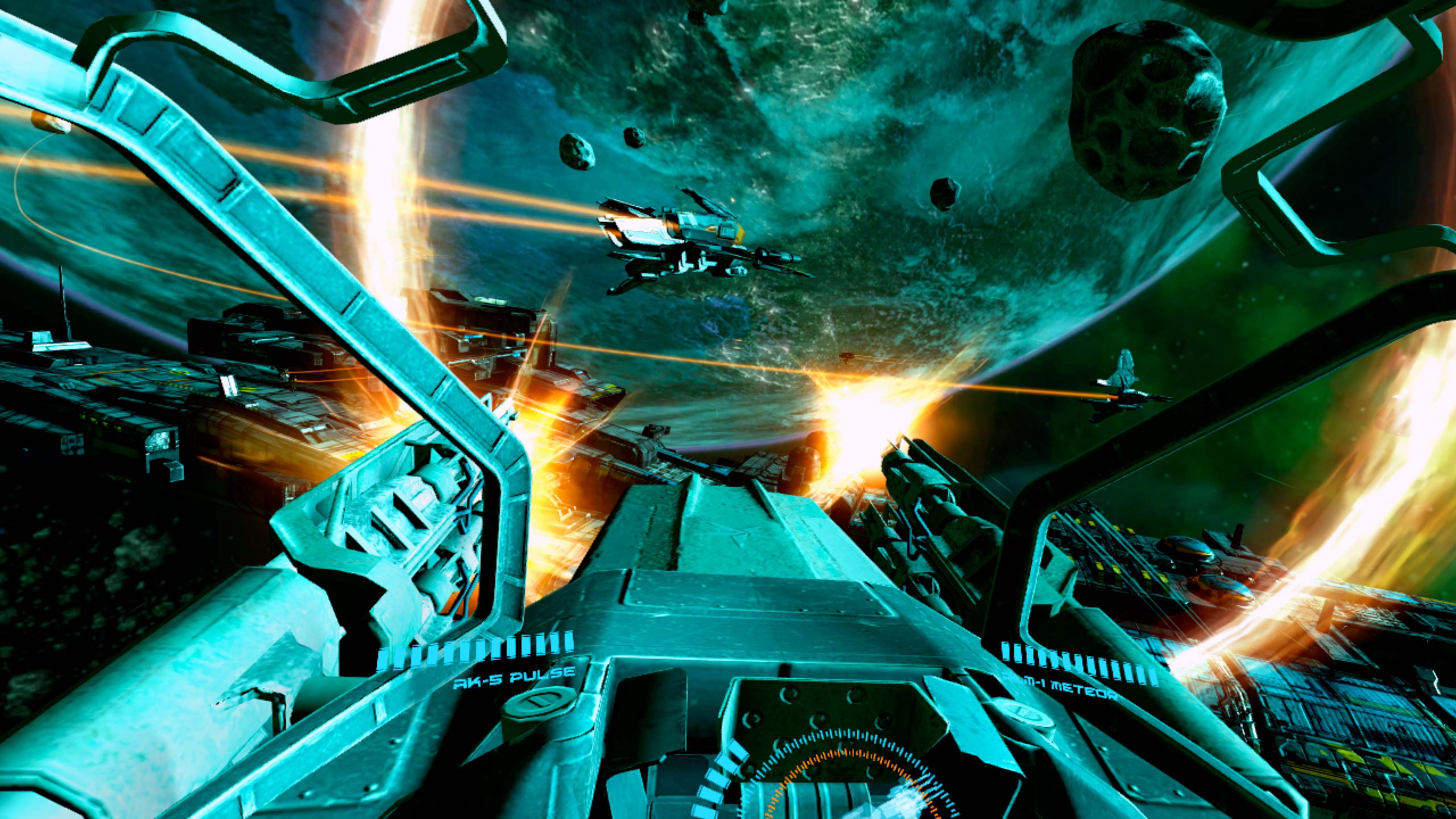
Their full-time focus on VR isn’t just because of End Space, however. Lee also started VR Dev School, an online academy where he offers VR developer training courses, at the beginning of 2016 as well. Giving back to the community and being a part of its grassroots rise to importance is a big part of their plan to remain community built and community supported.
“The success of End Space has a lot to do with timing, the positive feedback from the community, and the support of Oculus,” said Lee. “While there are certainly other VR space shooters, End Space was the first space game to really push the boundaries of performance and gameplay on the Gear VR and the community very much noticed and appreciated that. It was a risk we took despite the fact that it meant the game could not run on older hardware like the Samsung Galaxy Note 4.”
And now that success and support is carrying End Space into the next tier of VR gaming as they’re preparing to port the experience over to the Oculus Rift, HTC Vive, Google Daydream, and PS VR. Those versions of End Space will support even more advanced graphics, better AI, and more intense dogfights. The Rift and Vive versions will also support HOTAS controls as well. All versions of the game will continue to receive regular updates as well, such as storyline improvements with proper voice acting and the eventual addition of multiplayer support, one of the game’s biggest currently missing features.
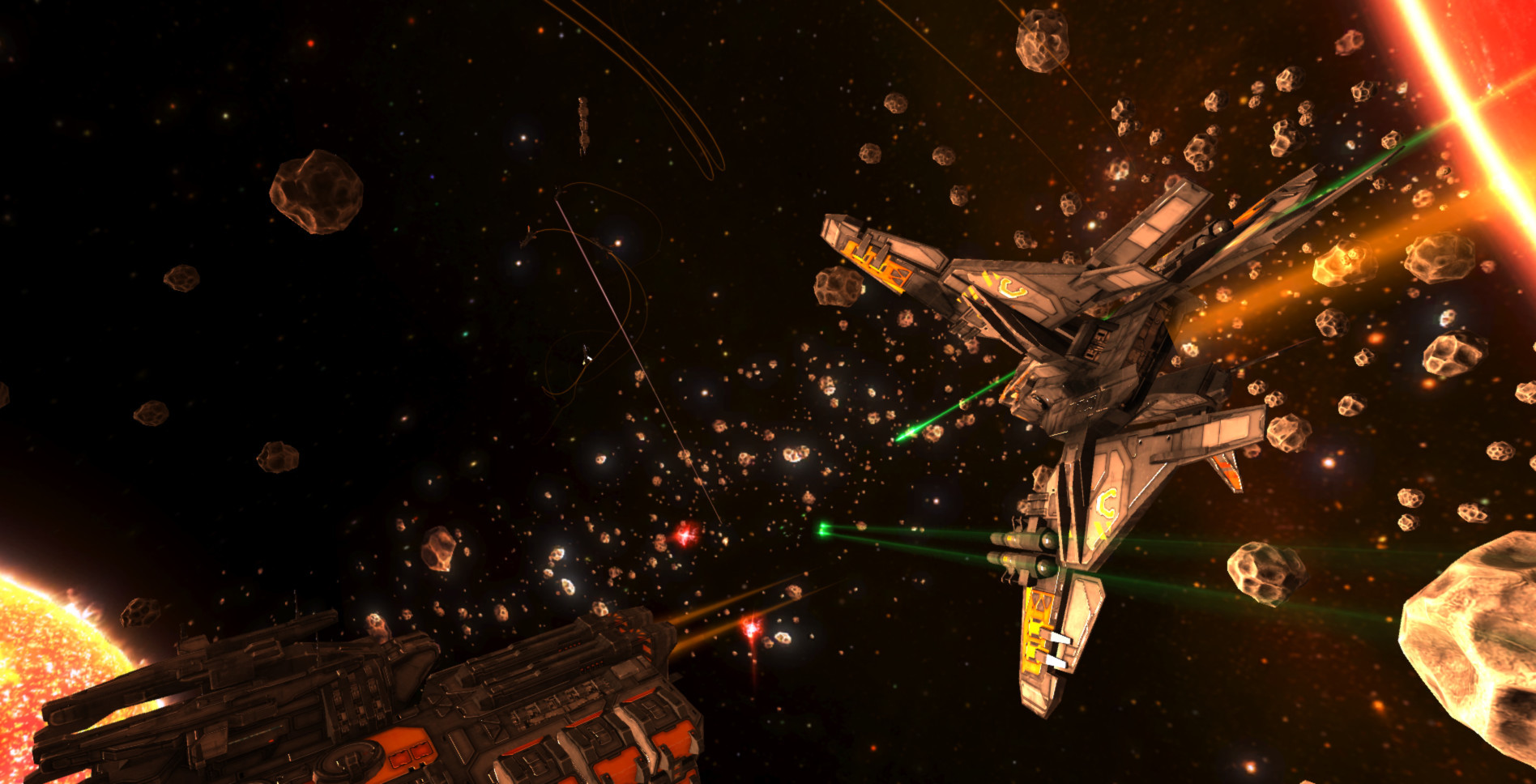
“We both have a lot of ideas for other VR games we’d like to make,” said Lee. “But since our resources are so limited we’ve decided to focus on making End Space reach its potential before starting anything that might distract us from the vision we have for the game.”
—
End Space is currently available for Gear VR on the Oculus Store for $7.99. You can also try the Cardboard edition of End Space here. You can see more images of the infamous pizza box Cardboard down below.
[Editor’s Note] – This story was originally published on August 15, 2016 and has been republished to coincide with the game’s impending PlayStation VR (PSVR) launch that’s currently planned for next week.


